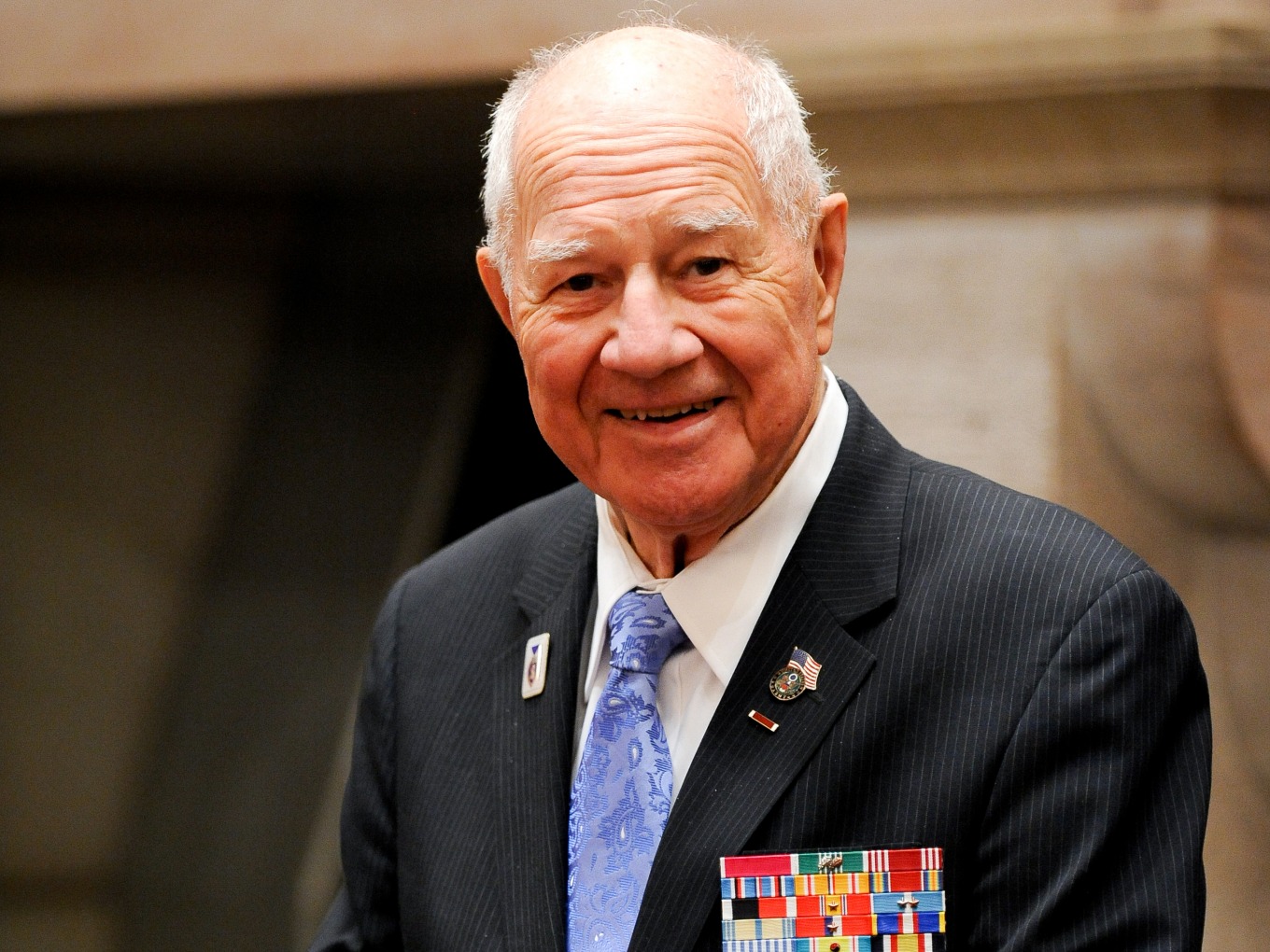BY DYLAN SKRILOFF

The concept of medical marijuana has gained broad acceptance across America’s demography even while politicians and government bureaucracies in Washington D.C. continue to stymie policy change.
National polls commissioned by Yahoo and Quinnipiac this year measured public support for federal acceptance of medical marijuana at 83 and 94 percent respectively, an overwhelming political consensus. The attitude of the Drug Enforcement Agency, however, has been slow to change.
The agency has refused to even reschedule marijuana from its Schedule 1 status, a categorization reserved for substances with “high potential for abuse” and “no accepted medical use.” By contrast, extreme party drugs like cocaine and methamphetamine are Schedule II, both having a few accepted medicinal uses. Deadly opioids like oxycodone are treated more liberally by the federal government than marijuana.
Regardless of the federal government’s impotence, the public is clearly behind medical marijuana. The question does remain what conditions can marijuana help and are the results demonstrable in double-blind scientific studies?
Dr. Amy Piperato, internist at Stony Point Medical on 43 S. Liberty Dr., believes she has some answers and offers her own life experience using medical cannibas to treat her son’s Dravet Syndrome-a severe form of epilepsy-and seeing results. Dr. Piperato is not the only one. New peer-reviewed studies indicate that compounds in marijuana [also known as cannabinoids] help restrain seizures in a large number of Dravet sufferers.
“There is already a solid foundation of scientific data on cannabis as medicine, and we are learning more everyday,” said Dr. Piperato, a resident of Thiells. “It is doing something to suppress seizures.”
 Dr. Piperato is one of only a dozen practitioners in Rockland County currently credentialed to evaluate and register patients for medical cannabis. Of the 90,000 general practitioners in the state, about 1,000 are currently offering marijuana as a therapeutic option, serving approximately 20,000 enrollees in the state’s pot program.
Dr. Piperato is one of only a dozen practitioners in Rockland County currently credentialed to evaluate and register patients for medical cannabis. Of the 90,000 general practitioners in the state, about 1,000 are currently offering marijuana as a therapeutic option, serving approximately 20,000 enrollees in the state’s pot program.
The pot program came into being thanks to 2014’s Compassionate Care NY Act, a law that gave the state’s stamp of approval on medicinal marijuana. The program was rolled out in January 2016.
The fact pot is banned federally creates issues. For example, Dr. Piperato and others working with marijuana for medical purposes cannot prescribe any of the products. The doctors can only “recommend” them. The patient then must acquire the suggested medical product at one of the state’s assigned dispensary locations.
As of this week 29 states and Washington D.C. have launched medical weed programs. State lawmakers across America increasingly agree with Dr. Piperato’s view that the issue “should be between patient and doctor.”
State Senator William Larkin (R), whose district includes the towns of Haverstraw and Stony Point, as well as parts of Orange County, is one of those lawmakers. As fate would have it, the 89-year-old World War II vet held the deciding vote on the bill when it was debated in the Senate Health Committee.
The conservative lawmaker went against the Republican Party line and voted yes to New York’s nascent medical marijuana program. It passed Committee 9-8 and later passed both houses of the full Legislature by wide margins.
Larkin told the Rockland County Times, “I met with probably hundreds of people from all over the state. I have been a member of the Health Committee for over two decades. When you start to talk about the issue, you have to understand how the issue affects a family and in some instances, affects a community. The more I listened to parents and several doctors… the question [was] if this was your child, would you do it to help them get on the right track? If you say no, you’re a liar. I put myself in their shoes. It convinced me, why not try something that might help? Everything I read said it’s possible.”
Dr. Piperato was one of those in Larkin’s ear extolling the good that medical marijuana can do. Larkin came to see the issue as a non-political matter and agreed it ought to be left to the privacy of the individual in consultation with their doctor.
“Senator Larkin led the charge for Compassionate Care NY. Without him it would have died in committee,” Dr. Piperato, noted. Her home is in Larkin’s district, which covers the towns of Stony Point and Haverstraw, as well as parts of Orange County.
So what are some potential benefits from medical marijuana? New York State says cannabinoid medicines may have therapeutic qualities in treating the following conditions:
Dr. Piperato is very serious in her attitude toward medical marijuana. It is about allowing patients access to something that might help them, not joining any kind of social or cultural bandwagon, she says. She wants to see the stigma on medical pot removed so that people can deal with it rationally.
According to Piperato the severity and frequency of seizures in her own son, 6-year-old Vinny, have reduced considerably since he began using cannabinoid-based medicinal products. For all the hoopla and controversy, she said marijuana has fewer and less severe side effects than many other medicines prescribed to restrain seizures.
The Piperatos have been through at least seven medicines in their effort to treat Vinny’s Dravet Syndrome. When Dr. Piperato tried to wean Vinny off of his cannabinoid medicinal product he immediately reacted with a series of seizures, she noted. She does not plan to try that again anytime soon.
Asked if she was confident the cannabinoid product has a positive effect on Vinny’s health, Dr. Piperato, said, “Yes. It’s my son. I couldn’t be more invested [in the result of therapy].”
Dr. Piperato’s husband John, a local businessman and former candidate for Haverstraw town office, admits to having sought out cannabinoid products after reading of their potential to help his son. “You know me, I’d do anything for him,” he said.
Before having to resort to secretly acquiring an illegal product, New York’s “Compassionate Care” was passed and the state-approved program commenced shortly thereafter.

Dr. Piperato said she believes the reason medical marijuana is not receiving a green light from the federal government is not the culture wars. Public opinion on the issue is beyond consensus, those wars have been fought and settled. Rather, she said it is drug companies who stand to lose money that are lobbying to block new treatments that could hurt their bottom lines.
Since going into the medical marijuana field, Dr. Piperato notes that most of her patients are not stereotypical “stoners.” A lot of them are elderly folks who never smoked marijuana in their entire lives. They simply are people seeking relief and medical marijuana provides it for many.
Having seen the positive potential of the plant, Dr. Piperato has chosen to be an advocate and a voice against anti-marijuana stigma.
SOURCE:
A recent double-blind study measuring efficacy of cannabinoid treatment for Dravet Syndrome, specifically seizures associated with the condition, was conducted by University of Washington Alcohol and Drug Abuse Institute, the National Institutes of Health’s National Institute of Neurological Disorders and Stroke, the National Institute on Drug Abuse, and the CURE Foundation. Pure cannabidiol was provided by GW Pharma, UK. The other authors on the study were Joshua S. Kaplan and Ruth E. Westenbroek, both from the department of Pharmacology in the UW School of Medicine.
It was reported in medical press that “The researchers found that, in mice, cannabidiol treatment effectively reduced the severity and duration of seizures, as well as their frequency. In looking at how cannabidiol affects brain neurons in the Dravet syndrome mouse model, the researchers observed that it rebalances the ratio of excitation to inhibition in the hippocampus. This is a part of the brain involved in learning and memory.
“These experimental findings suggest that cannabidiol reverses Dravet syndrome’s core deficit, which is failure of the brain’s inhibitory neurons to fire electrical signals and control the activity of nearby excitatory neurons. The researchers also found that cannabidiol may act by antagonizing GPR55, a brain receptor that remains poorly understood.
“Determining the detailed molecular mechanism that mediates the therapeutic actions of cannabidiol may suggest development strategies for new drugs aimed at GPR55, according to the researchers. Such potential new class of medicines would ideally be more effective against seizures and cognitive deficit and would enter the brain more efficiently than the currently available therapeutics.
“Compared to many existing medications for epilepsy, cannabidiol shows fewer and milder side effects. The researchers concluded that this study contributes to the emerging data that supports the efficacy of cannabidiol in otherwise treatment-resistant epilepsy and may lead to improved therapies for these debilitating diseases.”

You must be logged in to post a comment Login